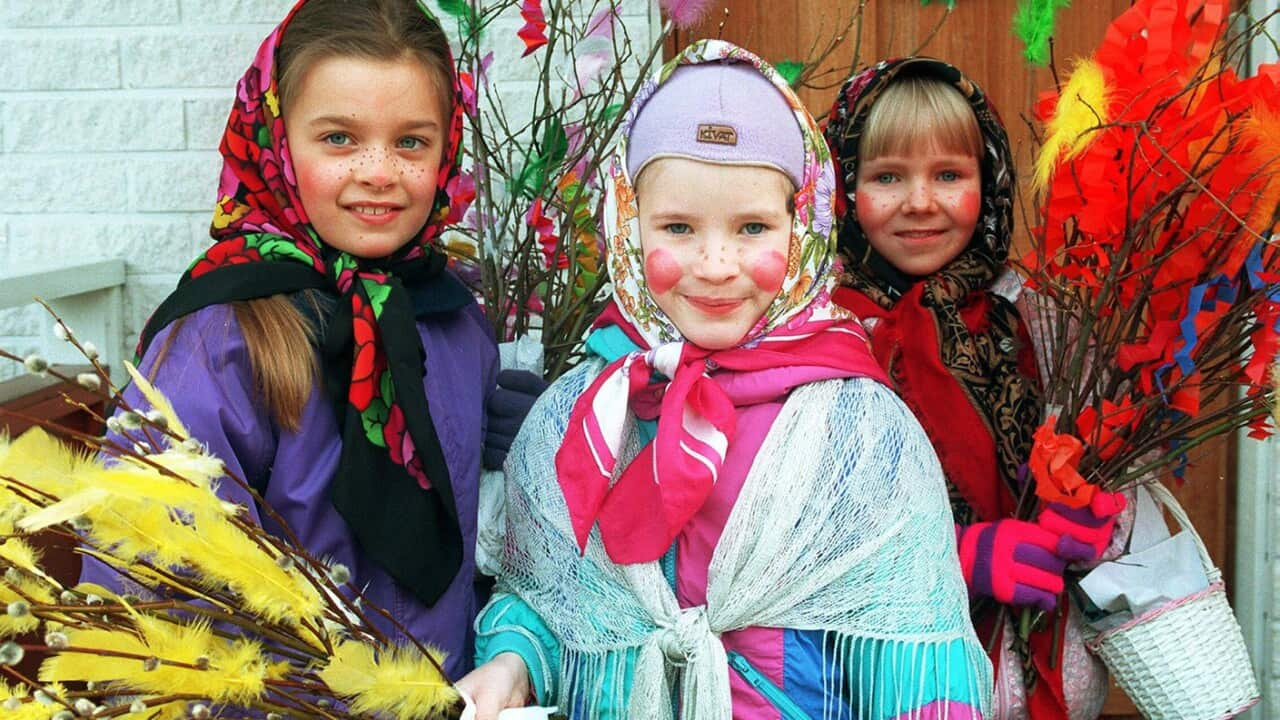Years ago I was in Jerusalem. I spent three days roaming the ancient city and as a solo female traveller, it wasn't entirely comfortable. The city felt oppressive and heavily militarised as I walked between the neighbouring Wailing Wall, Al-Aqsa mosque and the Church of the Holy Sepulchre in the most densely packed and hotly contested piece of religious real estate in the world.
Israeli soldiers, some barely out of their teens, patrolled the city with guns and stopped to check my ID constantly. Men stared and made remarks at my uncovered head and the length of my hijab. I felt crushed - tired of the policing and masculinist surveillance enforced by the state both on top of and within my tradition, firmly rooted in the desire for political power and control. My sighs found their answer outside the narrow walls of the Old City. The air is lighter. There I found the tomb of the Virgin Mary and close by the tomb of Rabia-Al-Adawiya. For those who don't know, Rabia was a eight century Muslim sufi saint and Iraqi poet (she was also known as Rabia of Basra). She was a beautiful woman, who shunned marriage proposals and chose an unconventional path of spiritual contemplation, most pronounced in a tradition that frowns upon celibates.
My sighs found their answer outside the narrow walls of the Old City. The air is lighter. There I found the tomb of the Virgin Mary and close by the tomb of Rabia-Al-Adawiya. For those who don't know, Rabia was a eight century Muslim sufi saint and Iraqi poet (she was also known as Rabia of Basra). She was a beautiful woman, who shunned marriage proposals and chose an unconventional path of spiritual contemplation, most pronounced in a tradition that frowns upon celibates.

The author at the Dome of the Rock in Jerusalem in 2014. Source: Supplied
There are some reports she was a sex worker, others maintain she remained celibate. Either way both her life and work traces the life of someone who existed outside the orthodox. She was famous for her poetry, best known for her famous couplet: "If I praise you in fear of hell burn me in it/ if I praise you in hope of heaven exclude me from it/ but if I praise you for yourself/ do not withhold from me your everlasting beauty." For me, it's not an easy navigation being a self-proclaimed 'Muslim feminist'. Secular women think you are delusional to even be linked to what they see as inherently patriarchal. Muslim co-religionists are similarly dismissive at a hyphen-identity they see as irrevocably incompatible.
For me, it's not an easy navigation being a self-proclaimed 'Muslim feminist'. Secular women think you are delusional to even be linked to what they see as inherently patriarchal. Muslim co-religionists are similarly dismissive at a hyphen-identity they see as irrevocably incompatible.

The tomb of Rabia Al-Adawiya. Source: Supplied
Here were two women who transformed their worlds with their unapologetic femininity and power.
But for me, visiting these two places, I felt a sense of belonging and a connection with something transcendental. Here were two women who transformed their worlds with their unapologetic femininity and power. I could look back centuries and see women who existed outside marriage and family life and did impossible and beautiful things with their precious lives and this gave me solace and hope.
I instantly felt at home and at ease in the presence of these ancient women. I watched in wonder as priests made room for Muslims taking off their shoes to pay their respects at Mary's tomb. Even now she was bringing faiths together in a tone of mutual respect. There were no guns barring the entrance, only peace and welcome.
These two women Rabia and Mary made me feel like I did belong, and there were powerful and liberating narratives I could draw on from my cultural inheritance.
Mary and Rabia, like so many figures of religion, are deeply counter cultural. Despite the way they are venerated today, they were lonely figures who suffered estrangement, family dysfunction and unbearable grief. They were non-conformist and often challenged prevailing understandings in a society ready to destroy those who choose another path.
Mary in Islam, is often venerated for affirming traditional female virtues around chastity, motherhood and sacrifice. But she could also be read in different ways. In the Islamic tradition, Mary never marries. She is an unwed single mother in a patriarchal society. She's a disappointment to her parents who wanted a boy. She lives in terror of society's reaction to what is in fact a unique destiny she can't even fully fathom. It is through her trust and faith that she is able to negotiate her profound fear, confusion and dislocation. As a single woman myself, from a traditional community that still finds this confronting, it's a navigation that resonates with me and I find deeply heartening.
Religion is often used to divide, judge and exclude both those within and those without. But for me what I link with in the story of Mary is the divine feminine and the role of radical compassion and empathy. It sits at the heart of all the world's great religions - kindness to the lonely and afflicted, to try to alleviate pain and understand 'the other'.
It's a message that I feel connected to as I watch with deep respect the symbolism of Christians as they reflect on Easter themes of love, sacrifice, resilience and survival. It's one I think we can extend to all, on this very holy of days.
Sarah Malik is the deputy editor of SBS Life. You can follow Sarah on Twitter


